6 Pros and Cons of Samsung Galaxy Note 8 Ownership
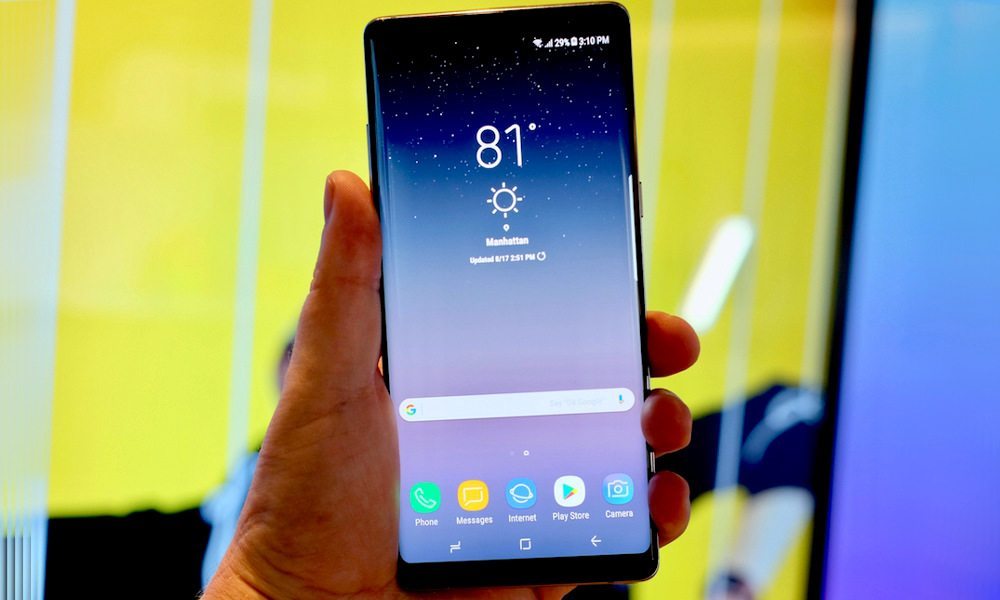 Credit: ZDnet
Credit: ZDnet
Samsung made headlines last summer when its Galaxy Note 7, arguably the company's most anticipated smartphone of the year, was abruptly recalled just days after its launch because of a fiery, wide-ranging battery defect. Having picked up the Note 7 last year (and taking it back to the store by force), I thought it would be fitting to give the Galaxy Note 8 a chance to renew my faith in Samsung. And while the handset is quite impressive, it does fall short in a few key areas. Press the right arrow to learn more about the pros and cons of life with Samsung’s Galaxy Note 8.
7 Pro: Quality & Design
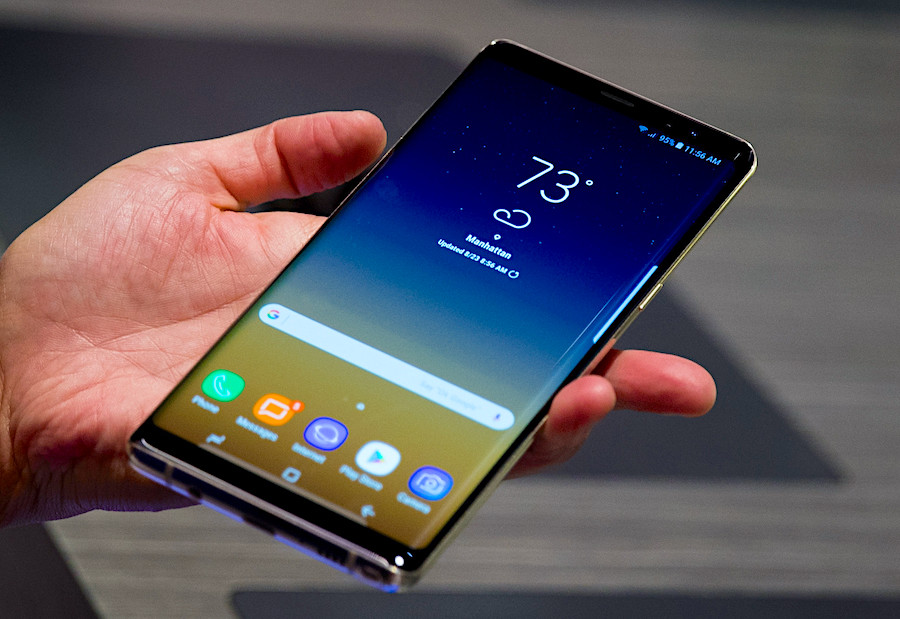
Samsung has really stepped up its design game in recent years, churning out handsets that are both aesthetically pleasing and constructed of the most premium-quality materials — and the Note 8 is certainly no exception. Simply put, the phablet is one of the most unique and attractive handsets I’ve ever owned.
It features a remarkably solid, aluminum-alloy and glass-plated chassis that's framed around the outer edges with steel. And while the front and rear glass might shatter tremendously if you're not careful, the Note 8 is still extremely comfortable to hold and operate in-hand — even despite its slightly larger footprint and heftier weight.
6 Pro: Display
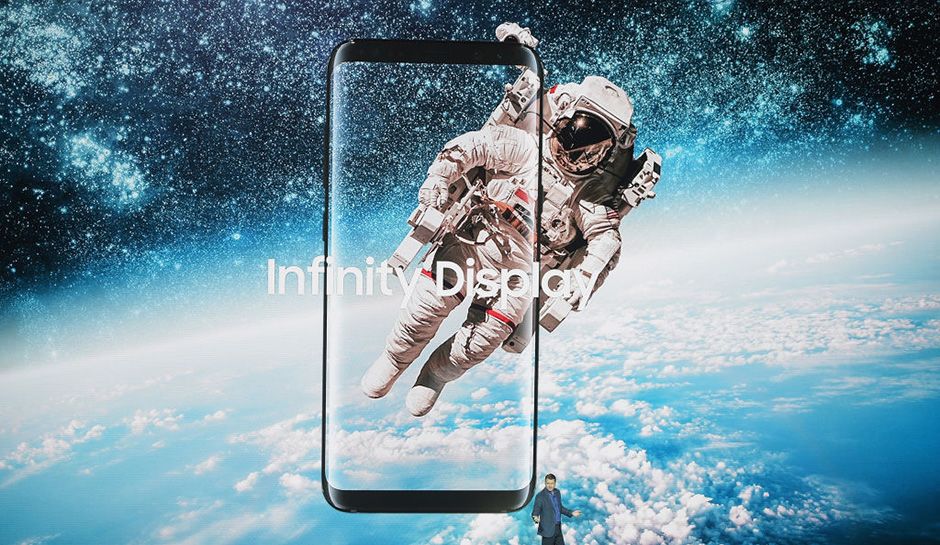
The Note 8’s display is quite simply the sharpest, crispest, and most chromatically-saturated Super AMOLED panel available right now. Moreover, with a screen-to-body ratio of ~83.2%, the Note 8’s front surface is covered almost entirely by the massive, 6.3-inch screen, which clocks in at an equally impressive 1440 x 2960 resolution and wraps around both sides of the device.
This unique ratio makes for a viewing experience that you truly have to see in person to appreciate — it’s absolutely stunning. And even better is that Samsung has made it relatively easy to switch up screen resolutions, such as between HD+ (1480 x 720), FHD+ (2220 x 1080) and WQHD+ (full resolution), which can save battery life while maintaining similar luster and color-saturation across the board.
5 Pro: Camera
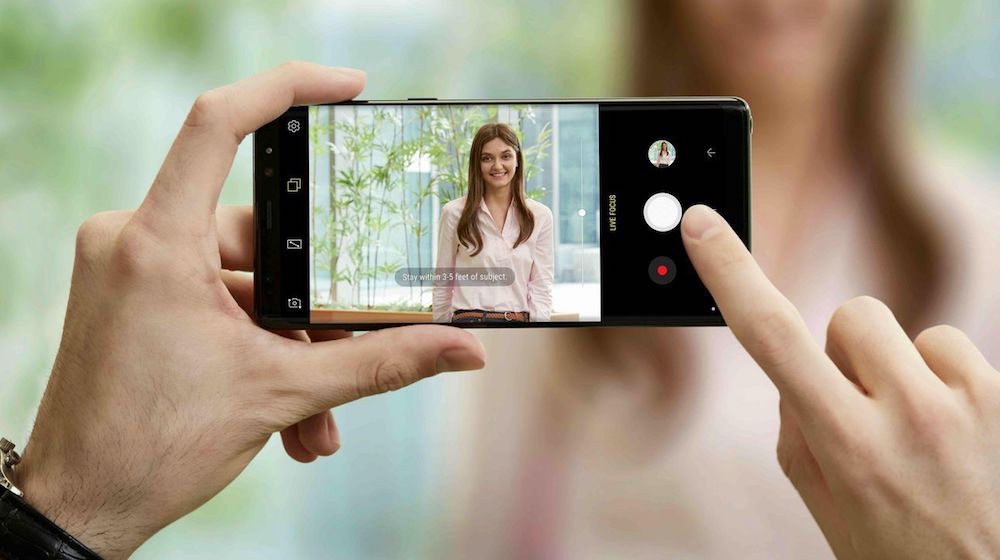
Following in the footsteps of its closest rival, Samsung decided to up the ante this year by equipping its Galaxy Note 8 with the company's first-ever dual-lens camera system around back. And for a very short period of time, prior to Apple’s iPhone 8 Plus stealing its thunder, Samsung's was considered one of the best dual-lens cameras on the market.
Sure, its days in the limelight may have been cut short, but the hardware is still a photographic powerhouse boasting impressive features like 12 MP lenses, Optical Image Stabilization (OIS), 2x optical zoom, and simultaneous 4K video recording with 9 MP image capture. It’s also got a really great selfie camera around front, which clocks in at 8 MP and doubles as a facial recognition sensor for the handset’s built in biometric security features.
4 Pro: S-Pen and Other Features
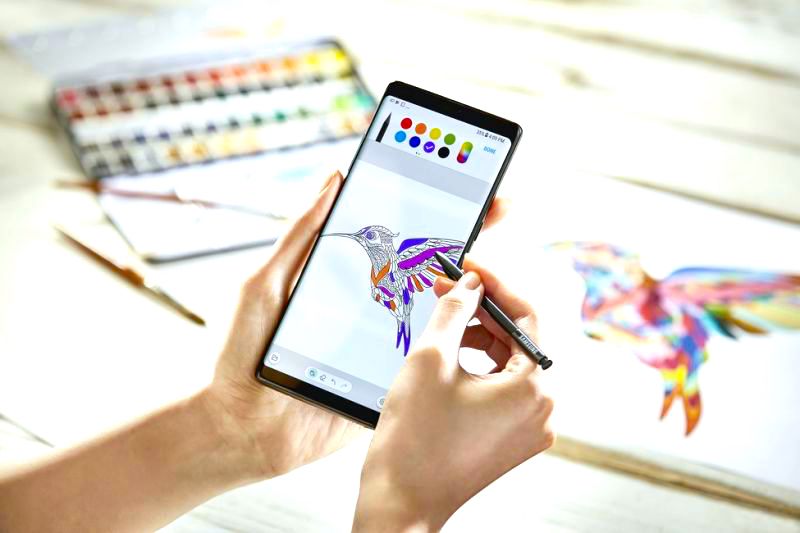
Of course, at the core of the Galaxy Note user experience is Samsung’s iconic S-Pen — and naturally, the super-advanced stylus is back this year with a trove of new tricks up its sleeve. Samsung has done a phenomenal job of incorporating useful features like S-pen guided magnification gestures, handwriting recognition, translation, drawing & coloring, live message creation and so much more that truly take advantage of all the stylus device can do.
Moreover, couple the S-Pen user experience with all of Galaxy Note 8’s other impressive features, and you’ve got the recipe for one of the most insanely spec’d-out flagships yet. The device’s already stellar performance is bolstered by a whopping 6 GB of RAM, while a trove of advanced technologies including wireless charging, IP68 water- and dust-proofing, multiple biometric security tools and more, make the Note 8 shine. It even features a built-in heart rate and oxygen (SpO2) monitor (which actually works quite well), and a suite of advanced apps including Samsung Health to help you get you in shape.
3 Con: Mediocre Battery Life
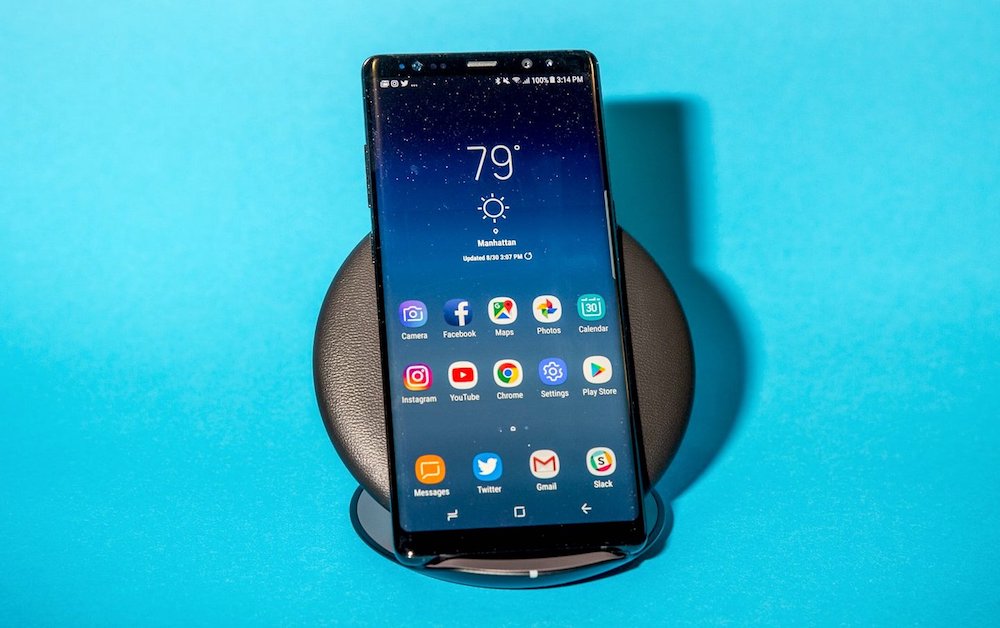
While it doesn’t explode, thank goodness, the Galaxy Note 8’s battery still disappoints when it comes to longevity and performance. Of course, usage patterns will vary from one person to the next, but so far I haven’t been able to make it through an entire 8-hour day without seeing that dreaded “Low Battery” notification pop up. On a side note: Samsung intentionally used a smaller 3,300 mAh battery pack this year — even despite the Note 8's larger display and power-sucking internal components — so that certainly doesn't help.
2 Con: Quirks and Cost
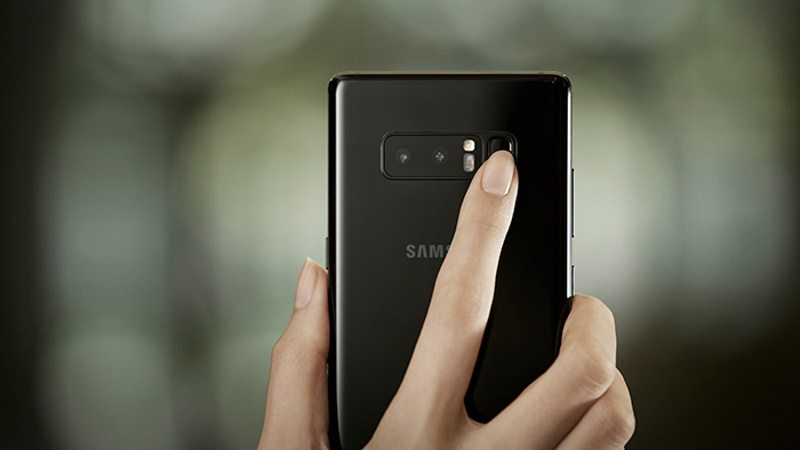
As slim, sexy and feature-packed as the Galaxy Note 8 is, it’s certainly not without its faults, either. Of course, while I wouldn’t bash Samsung too hard for the obvious flaws that Android OS brings to the equation, I personally think the company could’ve done more to avoid the more pronounced design issues — such as that ghastly fingerprint sensor on the rear-side, literally right next to the camera lens.. what were you thinking, Samsung? Just the process of setting it up is infuriating, and so I'm probably not the only Note 8 owner who didn't even bother with it.
The other downside is the handset's exorbitant cost, which can run up to as much as $960 (or $40/month through your wireless carrier). Right, the Note 8 is gorgeous, solid, and highly-advanced — and we all know full well that Apple’s iPhone X will cost even more at $999 — but still: it’s a Samsung.. And while that’s not necessarily a bad thing, since the company produces great phones — they also use about 80% of Samsung's own components to build them. So it’s a little surprising to think that the company wasn't able to, or simply decided against, pricing the Note 8 more conservatively to undercut the competition.
1 Con: Android
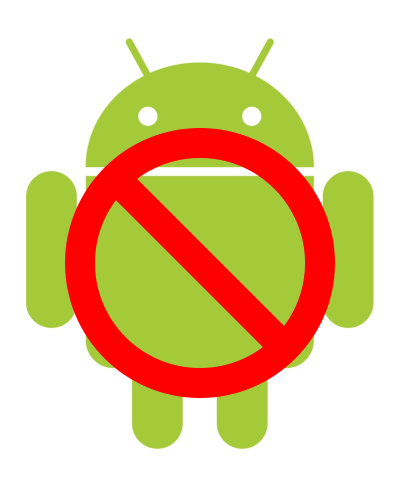
In terms of overall user experience, ease of navigation and cohesiveness of UI elements, the Note 8 is a mixed bag. Personally, I don’t have a problem with the Android OS — aside from its myriad of impossible-to-work-around firmware and security issues, of course — but still, it’s definitely not for everyone.
While the phone’s performance and speed are great, it’s obvious that Samsung’s TouchWiz UI, bloatware, and other behind-the-scenes Android system processes are slowing this thing down — big time. Even still, the Note 8 is overall a great device, and it should definitely be able to hold its own until the Galaxy Note 9 comes out.
